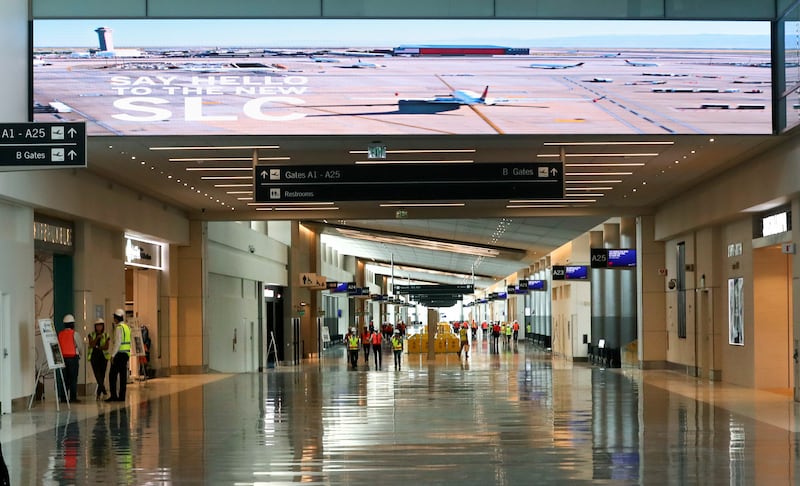And now for some good news: The new Salt Lake City International Airport is opening on Sept. 15 — ahead of schedule and under budget.
The Salt Lake City Airport, the fourth-largest Delta hub in the nation, has fared relatively well and has seen a higher-than-average percentage increase in daily traffic compared to other major cities. Even so, air traffic is down about 70% nationwide due to COVID-19, and projections for a return to normal range from three to four years.
Early in the pandemic, executive director of the Salt Lake City Department of Airports Bill Wyatt asked his team to find opportunities in this crisis. One such opportunity was bringing on additional electricians and contractors from other projects in the state which had stalled due to COVID-19. Additionally, while fewer passengers had a significant impact on revenue, a decrease in traffic enabled the team to ramp up construction. Phase 2, which includes the build out of Concourse A to the east, will now open sooner than expected.
The expedited construction timeline saved an estimated $300 million. This is especially noteworthy considering the project is funded without local tax dollars.
The new airport features six international gates, and nonstop international flights to Europe will restart when the pandemic subsides. Wyatt and his team are ready to welcome the world to Salt Lake City, although slowly at first and with added precautions. Upon arrival, foreign and domestic visitors will gain a more accurate and inspiring first impression of Utah thanks to canyon-like art installations, local restaurants and luggage carousels designed specifically for ski gear.
Wyatt’s example is one to be followed. Opportunities exist even in the most challenging times, but businesses may need to look a little further than usual and expand outside of their comfort zones. Bold and swift action amid uncertainty yields not just an increased rate of survival, but a much greater chance at success.
To weather the recession 10 years ago, many Utah companies engaged in international trade and investment. The United States International Trade Commission reported that in 2009, small and medium-sized businesses that exported had more than twice the total revenue of their nonexporting counterparts. From 2009 to 2012, Utah’s exports nearly doubled, securing the state’s reputation for economic stability. Today, nearly 1 in 4 Utah jobs are supported by international trade, and more than 3,500 Utah small- and medium-sized businesses export.
Now is the time to leverage untapped resources and prepare to engage internationally. Ninety-five percent of the world’s consumers live outside of the United States, and training, grant funding and networking resources are available to help Utah companies make connections and pursue opportunities. Start thinking about how to engage your customers differently, innovate to meet their needs during the pandemic, and consider entering new international markets or increasing your presence in current markets.
Most importantly, start cultivating your international relationships now. Upon returning to a new normal, those who prepare in advance will be ready to capitalize on new opportunities. And the Salt Lake City International Airport will be ready to fly you there.
Julia Breinholt-Pappas is the MarComm Director for World Trade Center Utah.

